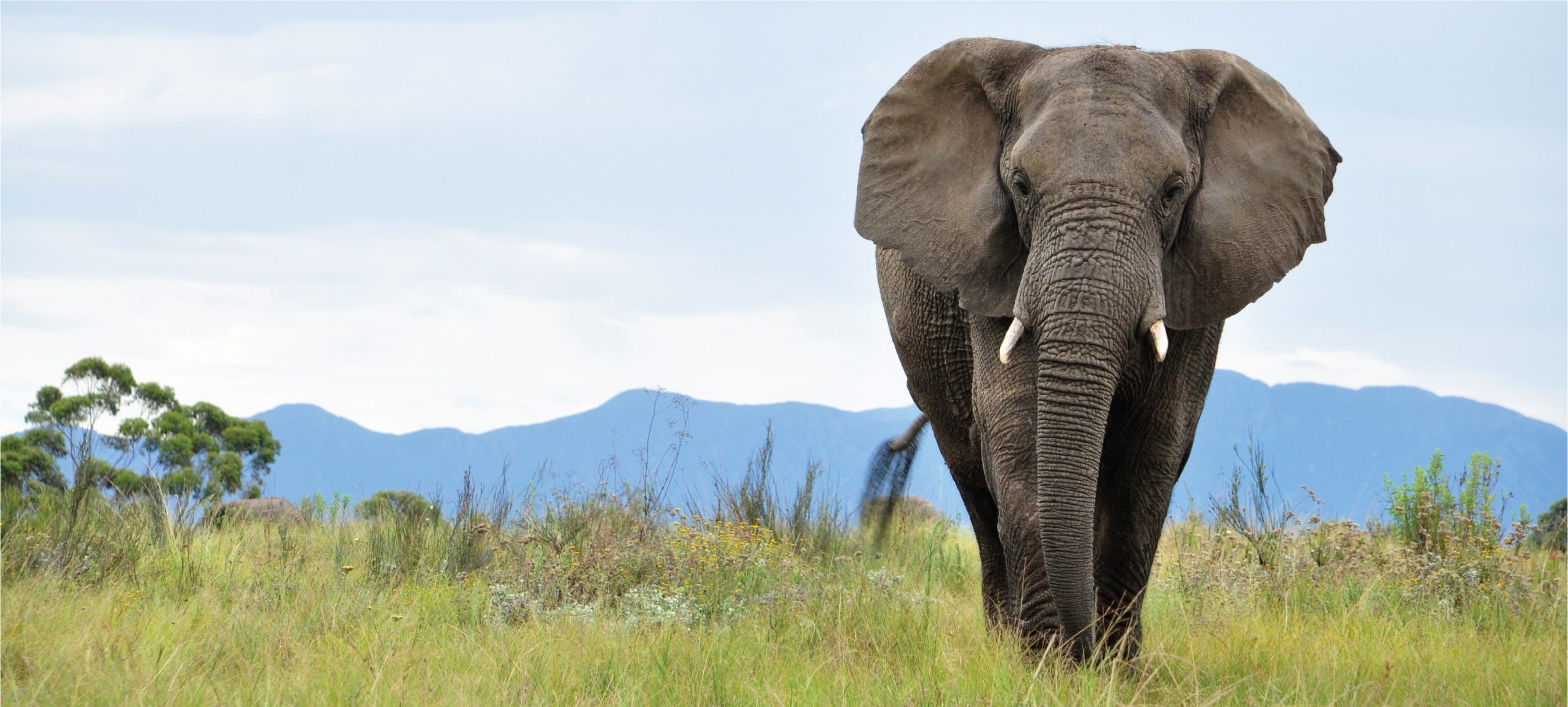-

Smith’s Bush Squirrel
Discover the fascinating world of the **Smith’s Bush Squirrel**, a unique species thriving in the dense forests of central and southern Africa. With its distinctive tufted ears and bushy tail, this agile creature plays a vital role in its ecosystem as a seed disperser, while exhibiting playful behaviors and intelligent foraging habits. Learn about its…
-

Cooper’s Mountain Squirrel
Discover the fascinating world of Cooper’s Mountain Squirrel, a charming inhabitant of the western United States and Canada’s mountainous regions. Known for their distinctive white eye rings and agile climbing skills, these diurnal squirrels play a crucial role in their ecosystem, contributing to forest regeneration through their foraging behaviors. Dive into the life cycle, habitat,…
-

Small Sun Squirrel
Discover the captivating world of the Small Sun Squirrel (Heliosciurus mutabilis), a vibrant inhabitant of Central and West Africa’s tropical forests. With its striking golden-yellow and russet coat, agile climbing abilities, and playful nature, this diurnal species plays a vital role in forest ecosystems through seed dispersal. Despite being classified as “Least Concern,” conservation efforts…
-

Fire-footed Rope Squirrel
Discover the fascinating Fire-footed Rope Squirrel, a vibrant rodent native to the lush tropical rainforests of Central and West Africa. With its striking orange-red feet and agile, playful behavior, this vulnerable species plays a crucial role in its ecosystem by aiding in seed dispersal and serving as a vital food source for predators. Learn more…
-

Kintampo Rope Squirrel
Discover the fascinating Kintampo Rope Squirrel, a vibrant rodent native to the moist savanna and gallery forests of West Africa. Known for its agility and social behavior, this species plays a crucial role in ecosystem health as a seed disperser while facing challenges from habitat loss. Learn more about its unique characteristics, diet, and conservation…
-

Gambian Sun Squirrel
Discover the fascinating world of the **Gambian Sun Squirrel**, a playful inhabitant of West Africa’s tropical forests. Measuring up to 35 cm, these agile creatures are known for their acrobatic skills and social behavior, foraging on fruits, nuts, and seeds while playing a vital role in their ecosystem as seed dispersers. Learn more about their…
-

Mutable Sun Squirrel
Discover the fascinating world of the Mutable Sun Squirrel, a vibrant rodent species thriving in the tropical rainforests of Southeast Asia. With their playful behavior, unique reproductive habits, and crucial role in seed dispersal, these vulnerable creatures face challenges from habitat loss. Learn more about their remarkable adaptations and the importance of conservation efforts to…
Search
Popular Posts
-
Lygosoma corpulentum
Discover the Lygosoma corpulentum, or fat skink, a robust insectivorous lizard native to Southeast Asia’s moist tropical rainforests and varying habitats. With a stocky body, impressive camouflage, and remarkable adaptability, this ovoviviparous species plays a crucial role in maintaining ecological balance.
-
Lygosoma boehmei
Lygosoma boehmei is a slender, nocturnal insectivore found in humid tropical rainforests and savannas of Southeast Asia, exhibiting a smooth, camouflaging texture and remarkable burrowing abilities. This vulnerable species plays a crucial role in its ecosystem by controlling insect populations and serving as prey for larger predators.
-
Lygosoma bampfyldei
Lygosoma bampfyldei, commonly found in tropical and subtropical regions, is a moderately sized lizard measuring 15 to 25 cm, known for its elongated body and glossy, camouflage coloration. This insectivorous species thrives in moist habitats and plays a vital role in maintaining ecological balance by controlling insect populations.
Categories
Tags
animal adaptations (924) animal behavior (5000) animal reproduction (865) behavior (920) biodiversity (7853) conservation (1670) conservation efforts (1778) conservation status (5748) diet (2104) ecological balance (2087) ecological role (1952) ecosystem (1469) ecosystem role (2901) endangered species (2514) habitat (3280) habitat conservation (1136) Habitat Destruction (1421) habitat loss (3385) herpetology (870) insectivorous reptiles (948) IUCN Red List (1971) lizard behavior (881) lizard diet (944) lizard reproduction (1101) nocturnal animals (2754) nocturnal behavior (2592) nocturnal reptiles (1061) physical characteristics (2058) predator-prey relationships (927) reproduction (2890) reptile behavior (1037) reptile conservation (1348) reptile reproduction (1069) rodent species (1325) seed dispersal (2145) Seed Disperser (979) small mammals (1168) snake behavior (952) snake diet (1061) snake reproduction (1129) tropical forests (948) Vulnerable Species (4926) wildlife (2511) wildlife conservation (5355) wildlife protection (1008)






